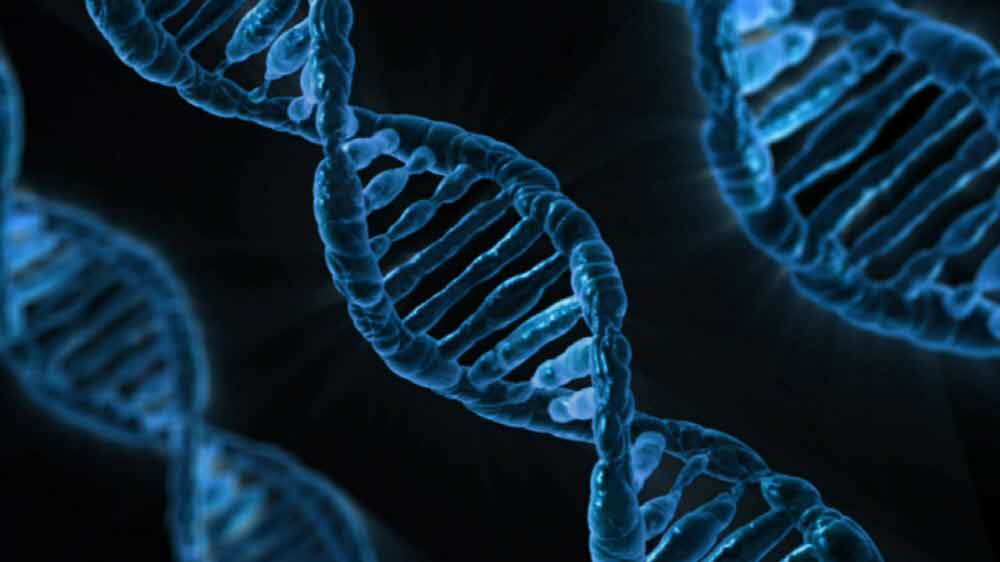
A DNA computer is a computer that supports a completely different method from an electronic device that performs calculations in a test tube using DNA made up of four different bases. Researchers at the University of Rochester reported that they developed a DNA computer that can calculate the square root of up to 900.
DNA computing is a computer that uses hybridization to form a complex by combining a combination of adenine (A), thymine (T), cytosine (C), and guanine (G), the bases that make up DNA. It was the American computer scientist Leonard Max Adleman who invented the DNA computer. While reading the molecular biology of genes, he discovered the similarities between computers and DNA, and introduced the idea of DNA computing to the world through a paper published in 1994 (Molecular computation of solutions to combinatorial problems).
Afterwards, research on DNA computing was conducted, but even after more than 20 years in the first paper, DNA computers were unable to perform complex mathematical operations. For example, the square root calculation requires a 10-bit logic circuit capable of processing 4-bit binary numbers, but the existing DNA computing system did not exhibit this processing capability.
Among these, researchers at the University of Rochester reported that they developed DNA computing that can perform information storage and processing using 32 strands of DNA. He designed the DNA sequence and programmed the DNA chain replacement reaction to calculate the square root of up to 900.
The DNA computer designed by the research team first encoded numbers up to 900 in DNA and matched the color of a fluorescent marker to each number. And when processed through the square root calculation logic gate, the overall fluorescence signal is changed in response to the original number, and the calculation result is output in color.
With Moore’s Law falling, the development of DNA computers that are more than 10 times smaller than conventional transistors is expected to develop. Although DNA computing is still in its infancy, it has great potential for solving problems that cannot be handled by silicon-based computers today. Related information can be found here .


















Add comment